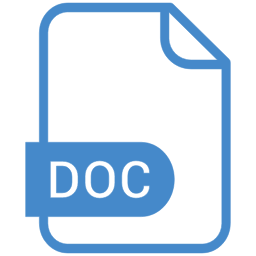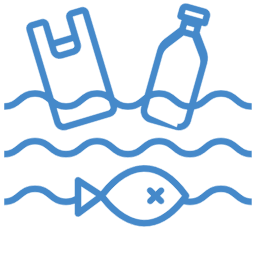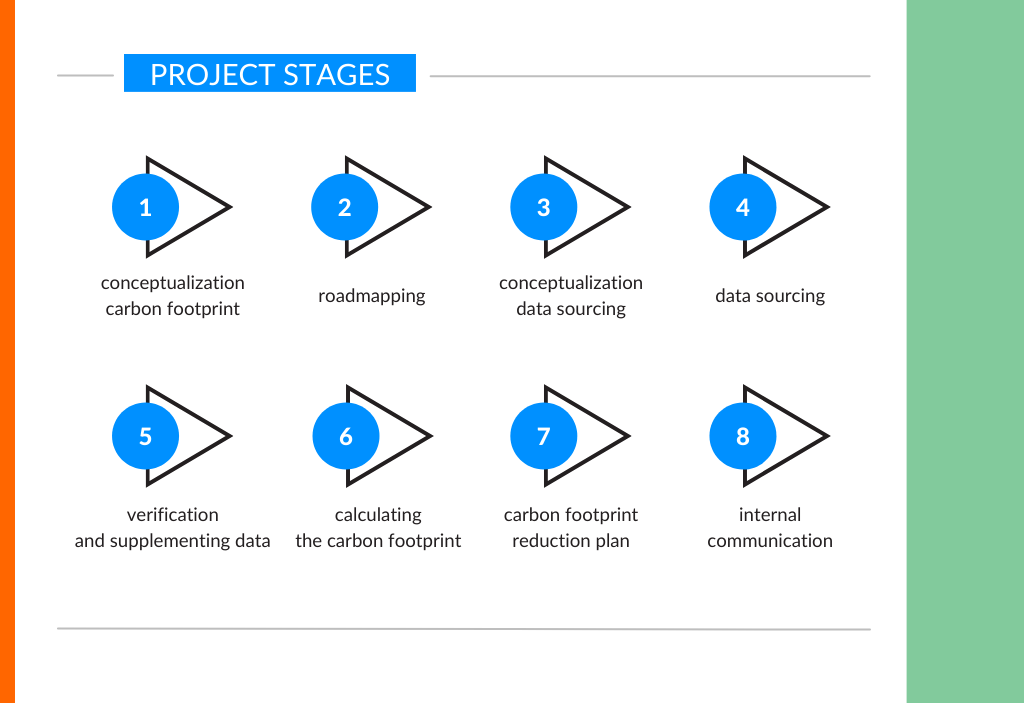The overriding goal of Orange Polska, as part of the #OrangeGoesGreen approach, is to achieve zero net carbon for the entire organization by 2040.* (*Net zero carbon – eliminating own direct and indirect emissions, as well as emissions in the entire value chain).
Stage 1:
– CO2 emission reduction by as much as 65% until 2025 compared to 2015;
Mainly due to the increase of the share of renewable energy consumed by Orange Polska to min. 60%.
Orange requested Climate&Strategy to calculate the carbon footprint of their latest cell phone plan, Orange Flex.
The aim of the project was to determine:
The Orange Flex offer has been designed to be fully digital. The sales and onboarding process is done online, using a dedicated mobile app, so it can be more environmentally friendly:

Less waste and saving of primary raw materials.

It does not consume raw materials and does not generate emissions related to distribution.

The blister containing the SIM card has been reduced by half. This means cutting the amount of plastic by half.

When calculating the carbon footprint, we took into account:
1. All telecommunications services included in Orange Flex plan, i.e. telephone calls, SMS/MMS, Internet (both in Poland and in roaming).
2. The process of distribution of the SIM card to the customer:
3. The process of downloading the Orange Flex application (along with its updates).
The carbon footprint of Orange Flex (telecommunications service, physical SIM card with delivery and downloading the application) is 3,273 kg of CO2e per user monthly.
The carbon footprint included all direct and indirect emissions except those from exempt activities.

Since young trees can absorb up to 7 tons of CO2 per year[1], Orange Flex partnered with the Foundation Las na Zawsze (Forest Forever) to plant 10,000 m2 of biodiverse and nature-managed forest in Kashubia, northern Poland, together with Orange Flex.
In addition, the operator also decided to offset greenhouse gas emissions by purchasing Gold Standard certificates.
The Orange Flex offer is provided using electricity generated from renewable energy sources, i.e., wind farms. The operator also plans to increase educational activities to encourage customers to engage in joint ecological activities with Orange.

“What is extremely important in calculating carbon footprint is to correctly select the functional unit. It reflects the amount or way in which a product, or a service are used the consumer and the related benefits. What is more, a correctly selected functional unit allows comparing the carbon footprint of a product with other product and services. Orange Poland had quality data on its Flex Offer, which made my work so much easier. Additionally, the project team was involved in verifying the project map that is critical for determining the boundaries for carbin footprint calculation.”
Sources:
[1] – https://www.gdansk.lasy.gov.pl/aktualnosci/-/asset_publisher/1M8a/content/rola-lasow-w-obiegu-wegla-w-przyrodzie; data dostępu: 31.05.2021
